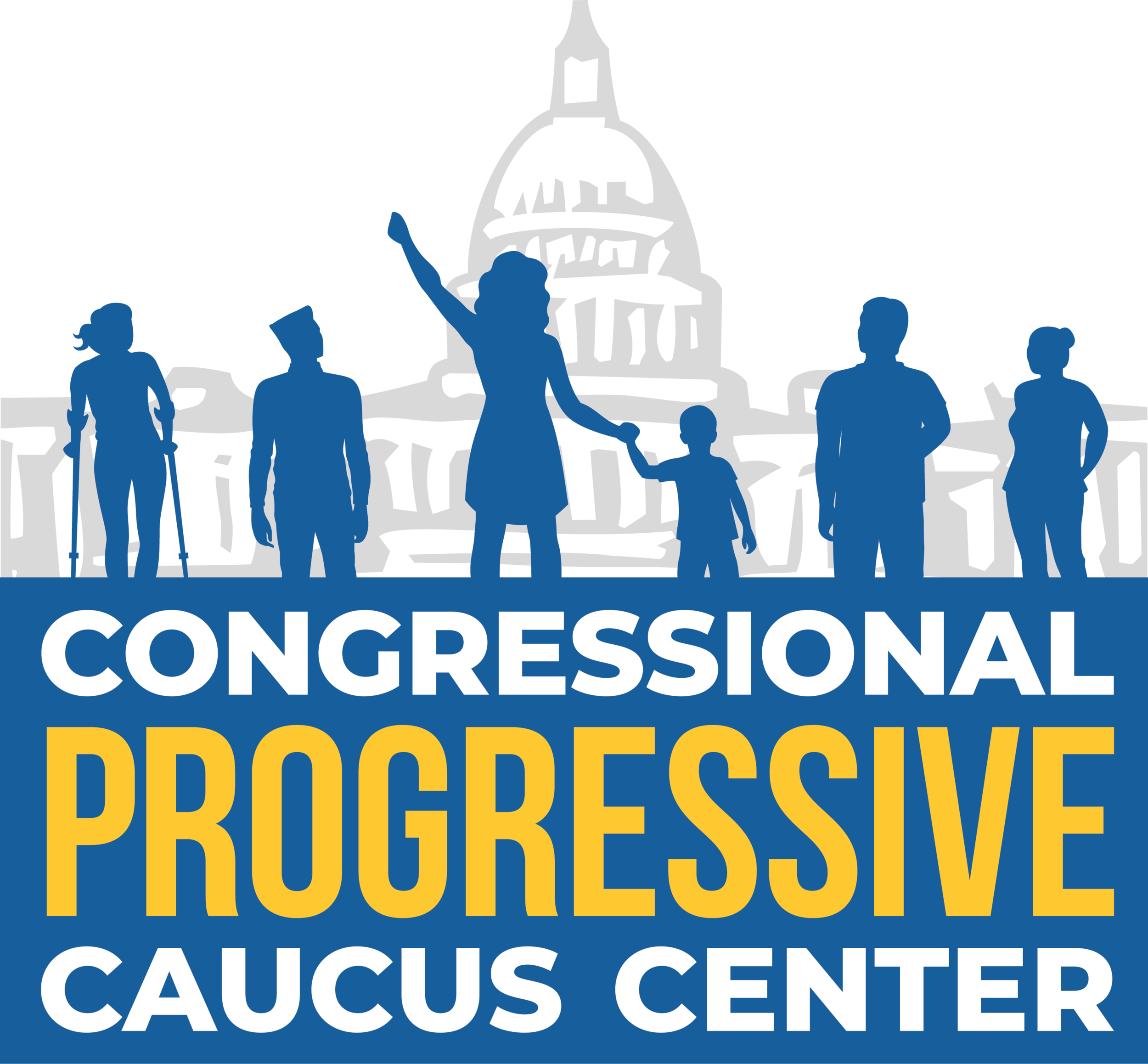May 5, 2025: Reconciliation report, part II
Good morning, all,
House committees have continued to mark up—that is, publicly debate and vote on—their portions of the GOP mega-bill that contains much of President Trump’s legislative agenda. As a result, we’ve got more information about exactly how their plans will affect working families. We get into the details below and preview what comes next.
If you need a refresher on the GOP’s top priorities, check out our past updates. For an overview on the reconciliation process Republicans are using to fast-track those priorities, see The Basics of Budget Reconciliation. If you need a quick rundown on committee markups and their significance, check out our April 21 update.
What do we know about the reconciliation package so far?
Several of the GOP’s proposals to date would raise costs for families, while funneling billions to the Pentagon and corporations like SpaceX. We broke this down in detail in our April 30 update. The table below summarizes the status for each committee markup, the committee’s directive for spending or cutting federal resources, and examples of policies they've chosen to meet those benchmarks.
As a reminder: this is just what we know from the committees that have released their reconciliation proposals publicly. The three committees that have yet to unveil their legislation cover some of the most contentious issues: tax breaks for corporations and the wealthy in Ways and Means; cuts to Medicaid in Energy and Commerce; and cuts to the Supplemental Nutrition Assistance Program (SNAP) in Agriculture.
Sources: Armed Services Committee Print - Providing for reconciliation pursuant to H. Con. Res. 14, the Concurrent Resolution on the Budget for Fiscal Year 2025; Financial Services Committee Print - Providing for reconciliation pursuant to H.Con.Res. 14, the Concurrent Resolution on the Budget for Fiscal Year 2025; Homeland Security Committee Print - Providing for reconciliation pursuant to H. Con. Res. 14, the Concurrent Resolution on the Budget for Fiscal Year 2025); Judiciary Committee Print - Providing for reconciliation pursuant to H. Con. Res. 14, the Concurrent Resolution on the Budget for Fiscal Year 2025; Oversight and Government Reform - Providing for reconciliation pursuant to H. Con. Res. 14, the Concurrent Resolution on the Budget for Fiscal Year 2025; Transportation and Infrastructure Committee Print - Providing for reconciliation pursuant to H. Con. Res. 14, the Concurrent Resolution on the Budget for Fiscal Year 2025; Financial Services Committee Print — Providing for reconciliation pursuant to H.Con.Res. 14, the Concurrent Resolution on the Budget for Fiscal Year 2025; Oversight and Government Reform Committee Print — Providing for reconciliation pursuant to H.Con.Res. 14, the Concurrent Resolution on the Budget for Fiscal Year 2025; Transportation and Infrastructure Committee Print — Providing for reconciliation pursuant to H.Con.Res. 14, the Concurrent Resolution on the Budget for Fiscal Year 2025, Natural Resources Committee Print — Providing for reconciliation pursuant to H.Con.Res. 14, the Concurrent Resolution on the Budget for Fiscal Year 2025.
What happens next?
Again, the markups that will bring the most fanfare are expected next week. While they were slated for this week, Republicans delayed them due to intra-GOP disagreements over cutting Medicaid and SNAP. As a reminder: Medicaid provides health insurance to nearly 80 million Americans. SNAP allows 40 million Americans to afford healthy meals, including 1-in-5 kids nationwide.
Right now, GOP lawmakers and the President claim they won’t kick people off these programs—they’ll only target programmatic “waste.” But once committees share their policy plans in detail, as they must to hold markups, that argument will be impossible to maintain.
Even now, it doesn’t pass the smell test. For example, Republicans have pointed to one statistic to argue that they could save Medicaid $50 billion annually by targeting fraudulent spending. However, as multiple health care experts note, this metric does not measure fraud. And even if it did, $50 billion a year over the life of this 10-year reconciliation proposal is $500 billion—well short of the $880 billion target for cuts from the Energy and Commerce Committee, which oversees Medicaid.
Bottom line: soon, Republicans will have to unveil the pieces of their mega-bill that will affect people enrolled in Medicaid and SNAP—and all available evidence indicates that those proposals will take health care and food away from tens of millions of Americans.
Republicans’ internal disagreements center around GOP members who are comfortable with that prospect and those who are not. If Republicans can’t bridge these intra-party divides, the entire reconciliation effort could fall apart. Not to mention: even if Republicans’ priorities make it through the House markup stage, there are several steps left in the reconciliation process—and, therefore, several more chances for these divisions to derail things.
Remember: similar GOP divisions existed around the bills to repeal the Affordable Care Act in 2017, causing similar fits and starts before ultimately sinking the entire enterprise. In fact, those bills contained several Medicaid policies similar to those on the table now.
While Congress’ makeup has changed since 2017, whether that portends a different outcome for Medicaid cuts remains to be seen. We’ll keep you posted.


